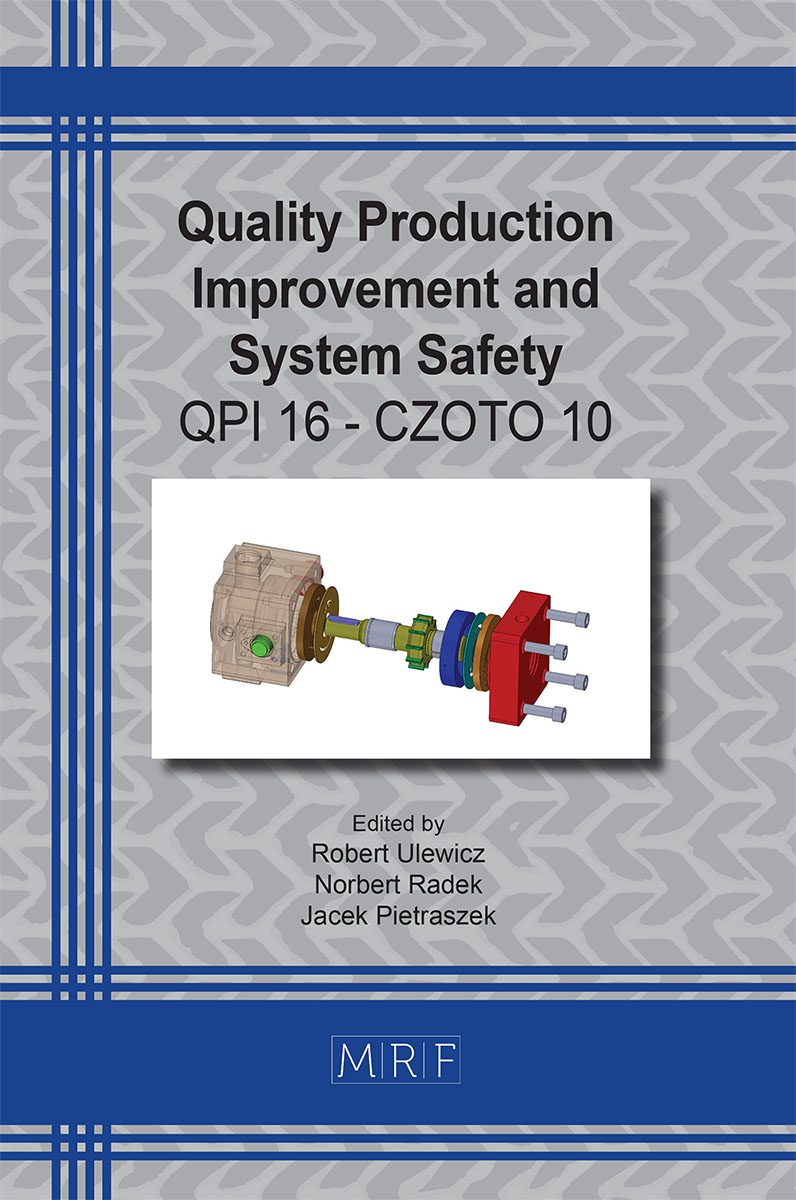The Influence of Hydrogen Embrittlement on Mechanical Properties of Advanced High-Strength Structural Steel S960MC
DRÍMALOVÁ Petra, NOVÝ František, MEDVECKÁ Denisa, VÁŇOVÁ Petra
download PDFAbstract. A lot of emphasis is currently being paid to research into how hydrogen affects the mechanical properties of advanced high-strength (AHS) steels. The use of AHS steels in the chemical industry and nuclear technology is heavily influenced by the mechanical properties that result from the impact of hydrogen. Hydrogen, an interstitial element, alters fracture behavior and causes the material to fail earlier than it should. The greatest danger occurs after hydrogen has been absorbed when it diffuses and accumulates into defects such grain boundaries, dislocations, and phase boundaries. The crystal structure of the steel enlarges due to tensile stresses, which increases hydrogen diffusion. Cold forming creates a multitude of components, and even a small amount of hydrogen absorption could result in significant residual stresses in the material. The steel can experience a significant reduction in mechanical properties, strength, and ductility up to fracture at a critical hydrogen concentration level. It is impossible to preventively remove components that have been harmed by hydrogen before they are utilized, which is the primary issue with hydrogen embrittlement from a safety perspective.
Keywords
Hydrogen Embrittlement, High-Strength Steels, Safety, S960MC, Material Degradation
Published online 9/1/2023, 6 pages
Copyright © 2023 by the author(s)
Published under license by Materials Research Forum LLC., Millersville PA, USA
Citation: DRÍMALOVÁ Petra, NOVÝ František, MEDVECKÁ Denisa, VÁŇOVÁ Petra, The Influence of Hydrogen Embrittlement on Mechanical Properties of Advanced High-Strength Structural Steel S960MC, Materials Research Proceedings, Vol. 34, pp 62-67, 2023
DOI: https://doi.org/10.21741/9781644902691-8
The article was published as article 8 of the book Quality Production Improvement and System Safety
![]() Content from this work may be used under the terms of the Creative Commons Attribution 3.0 license. Any further distribution of this work must maintain attribution to the author(s) and the title of the work, journal citation and DOI.
Content from this work may be used under the terms of the Creative Commons Attribution 3.0 license. Any further distribution of this work must maintain attribution to the author(s) and the title of the work, journal citation and DOI.
References
[1] M.F. McGuire, R. J. Matway. A Mechanism for Hydrogen Embrittlement in Martensitic Steel Based on Hydrogen Dilation, Preprints.org (2022) art. 2022020275. https://doi.org/10.20944/preprints202202.0275.v1
[2] T. Schaupp et al. Hydrogen-assisted cracking of GMA welded 960 MPa grade high-strength steels. Int. J. Hydrog. Energy 45 (2020) 20080-20093. https://doi.org/10.1016/j.ijhydene.2020.05.077
[3] B.L. Enis et al. The role of aluminium in chemical and phase segregation in a TRIP-assisted dual phase steel. Acta Mater. 115 (2016) 132-142. https://doi.org/10.1016/j.actamat.2016.05.046
[4] J. Sojka. Resistance of steel to hydrogen embrittlement. Ostrava: VŠB – Technical University of Ostrava, 2007 (In Czech).
[5] L. Hyspecká, K. Mazanec. Hydrogen embrittlement of structural steels with higher parameters. Praha: Academia – publishing house of the Czechoslovak Academy of Sciences. 1978 (In Czech).
[6] X. Li et al. Review of Hydrogen Embrittlement in Metals: Hydrogen Diffusion, Hydrogen Characterization, Hydrogen Embrittlement Mechanism and Prevention. Acta Metall. Sin.-Engl. 33 (2020) 759-773. https://doi.org/10.1007/s40195-020-01039-7
[7] S. P. Lynch. Hydrogen embrittlement (HE) phenomena and mechanisms. Corr. Rev. 30 (2011) 90-130. https://doi.org/10.1515/corrrev-2012-0502
[8] P.Váňová et al. Comparison of Behaviour of Different Variants of Hydrogenated TRIP Steels at Slow Strain Rate Tests. Key Eng. Mater. 810 (2019) 70-75. https://doi.org/10.4028/www.scientific.net/KEM.810.70
[9] D. Hardie, E.A. Charles, A.H. Lopez. Hydrogen embrittlement of high strength pipeline steels. Corr. Sci. 48 (2006) 4378-4385. https://doi.org/10.1016/j.corsci.2006.02.011
[10] T. Hojo, et al. Effects of Alloying Elements Addition on Delayed Fracture Properties of Ultra High-Strength TRIP-Aided Martensitic Steels. Metals 10 (2020) art.6. https://doi.org/10.3390/met10010006
[11] Q. Liu, et al. The role of the microstructure on the influence of hydrogen of some advanced high-strength steels. Mater. Sci. Eng. A 715 (2018) 370-378. https://doi.org/10.1016/j.msea.2017.12.079
[12] P. Betakova, J. Sojka, L. Hyspecka. Quantitative assessment of hydrogen embrittlement in structural steels, METAL 2002 11th Int. Conf. on Metall. and Mater. (2002), Hradec nad Moravici, 55-57.
[13] P. Váňová. Hydrogen embrittlement and hydrogen diffusion characteristics in TRIP steels. Habilitation thesis. Ostrava: VŠB – Technical University of Ostrava, 2019 (In Czech).












